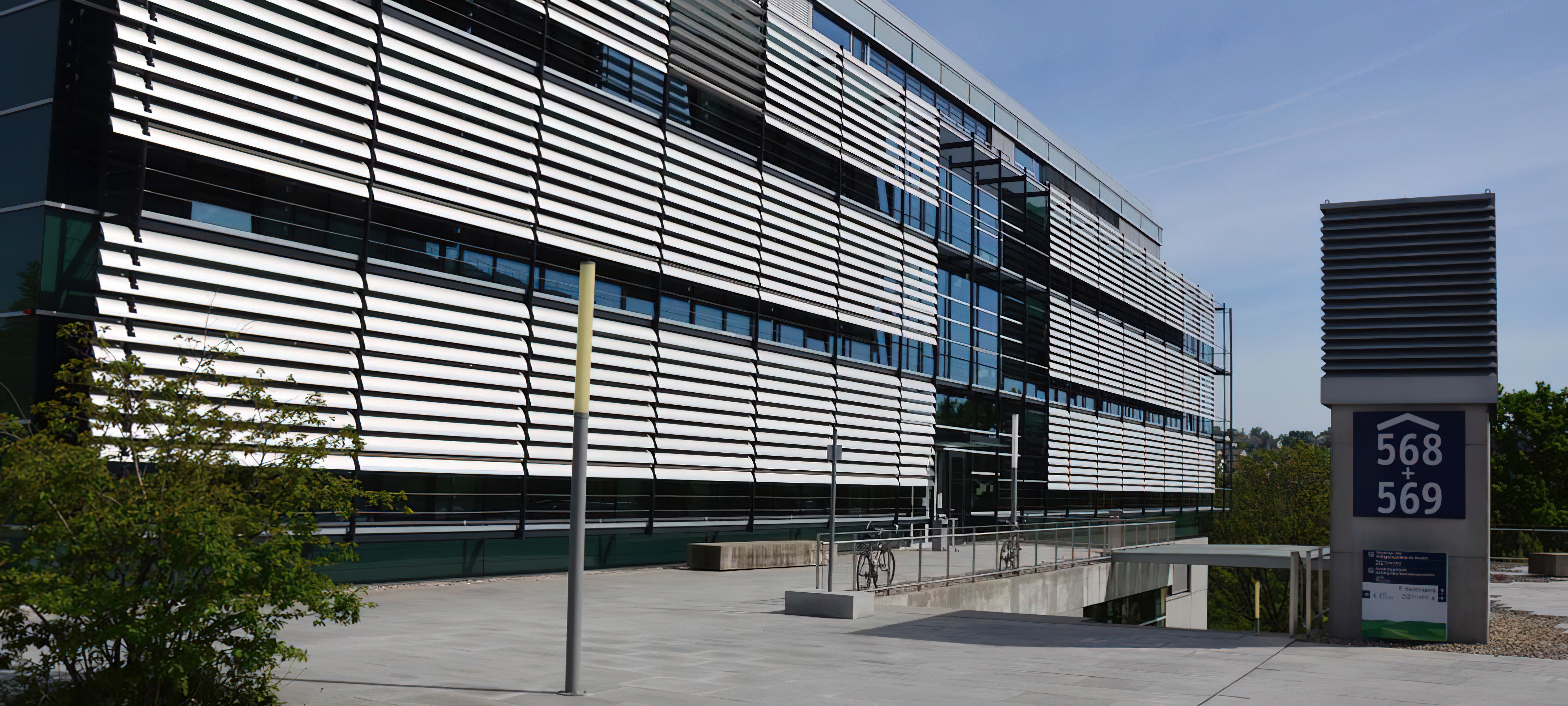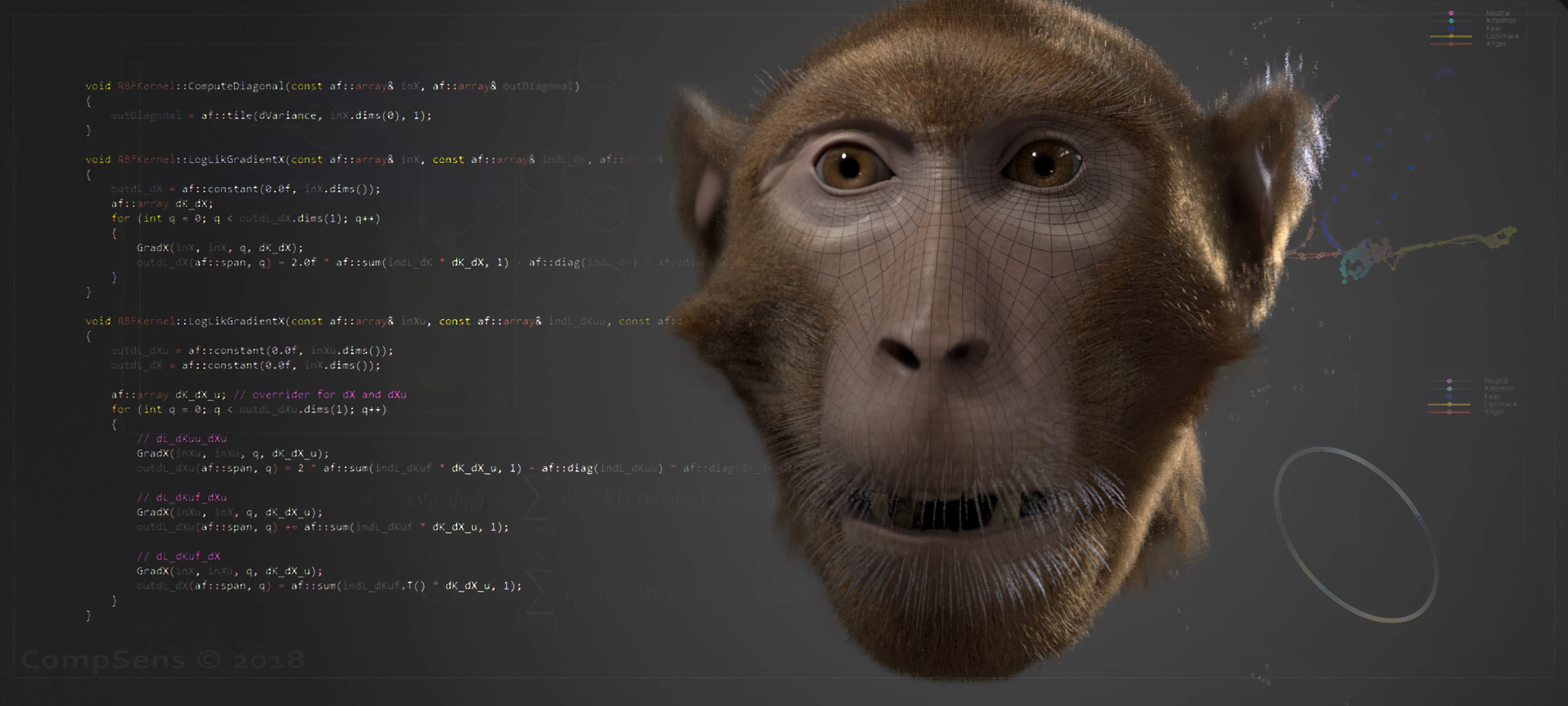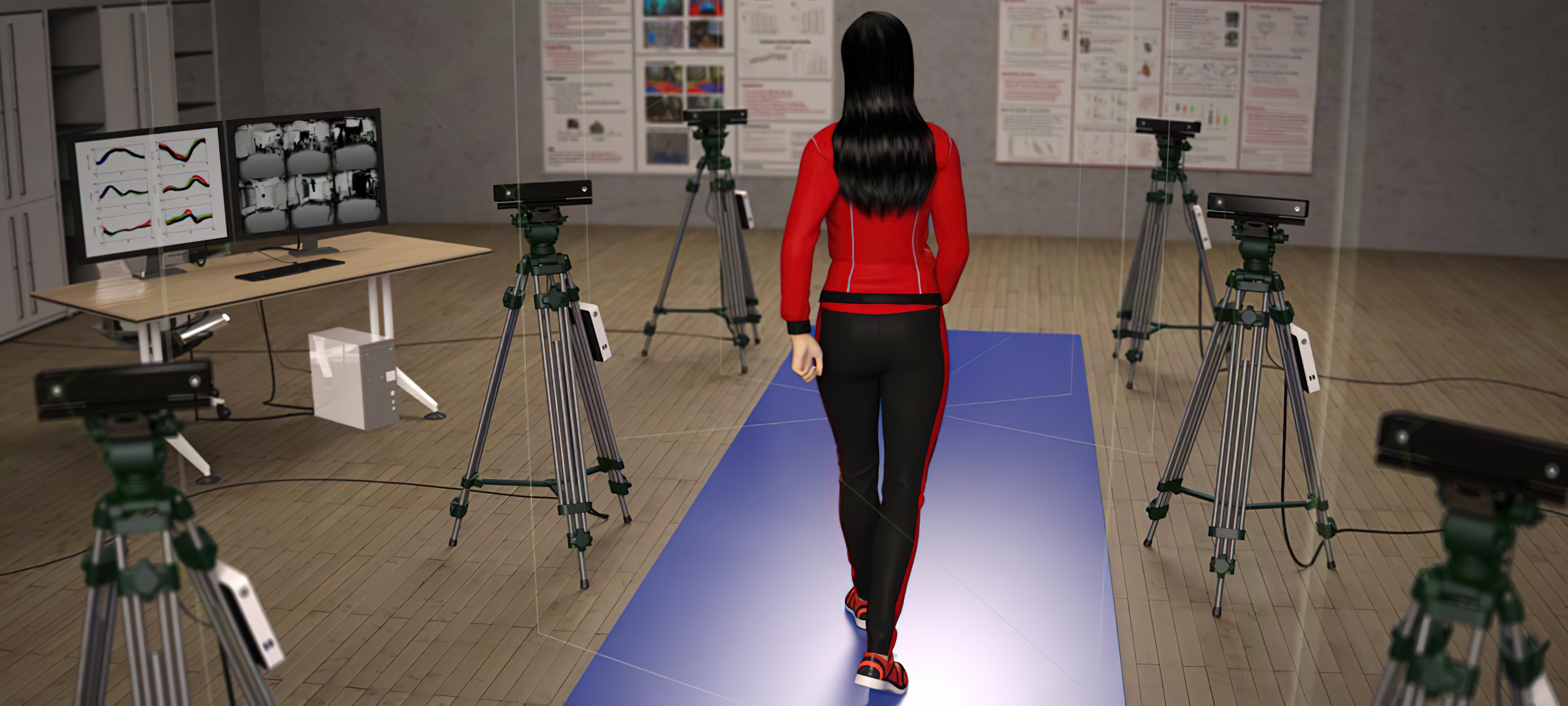Roles of motion and form in biological motion recognition
Abstract:
Animals and humans recognize biological movements and actions with high robustness and accuracy. It still remains to be clarified how different neural mechanisms processing form and motion information contribute to this recognition process. We investigate this question using simple learning-based neurophysiologically inspired mechanisms for biological motion recognition. In quantitative simulations we show the following results: (1) Point light stimuli with strongly degraded local motion information can be recognized with a neural model for the (dorsal) motion pathway. (2) The recognition of degraded biological motion stimuli is dependent on previous experience with point light stimuli. (3) Opponent motion features seem to be critical for the recognition of these stimuli.
Research Areas:
Uncategorized
Type of Publication:
In Collection
JRESEARCH_BOOK_TITLE:
Artificial Neural Networks and Neural Information Processing - ICANN/ICONIP 2003. Lecture Notes in Computer Science
Editor:
Kaynak, Okyay and Alpaydin, Ethem and Oja, Erkki and Xu, Lei
Pages:
854-862




